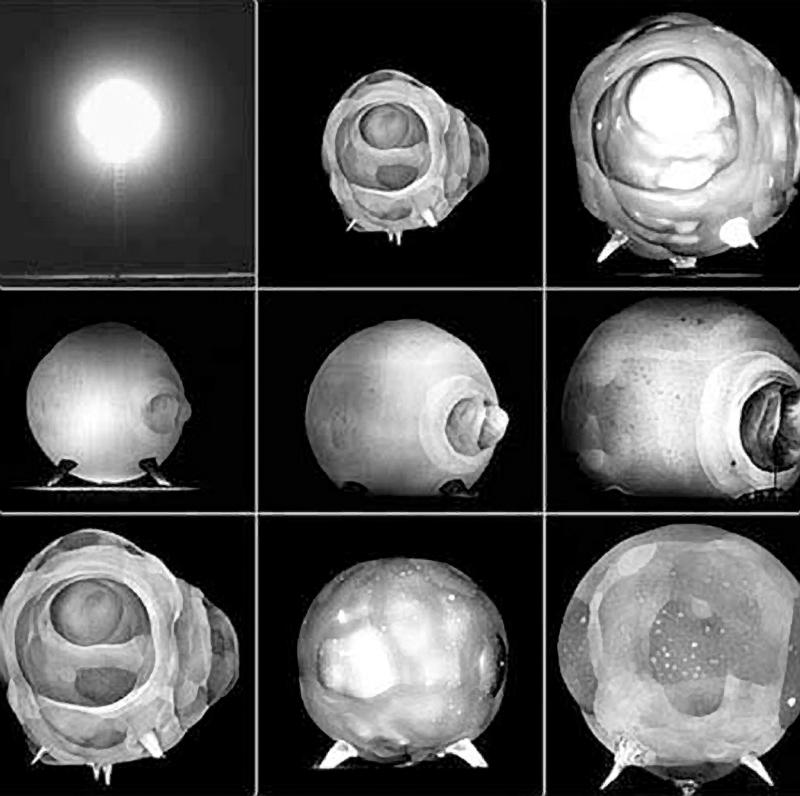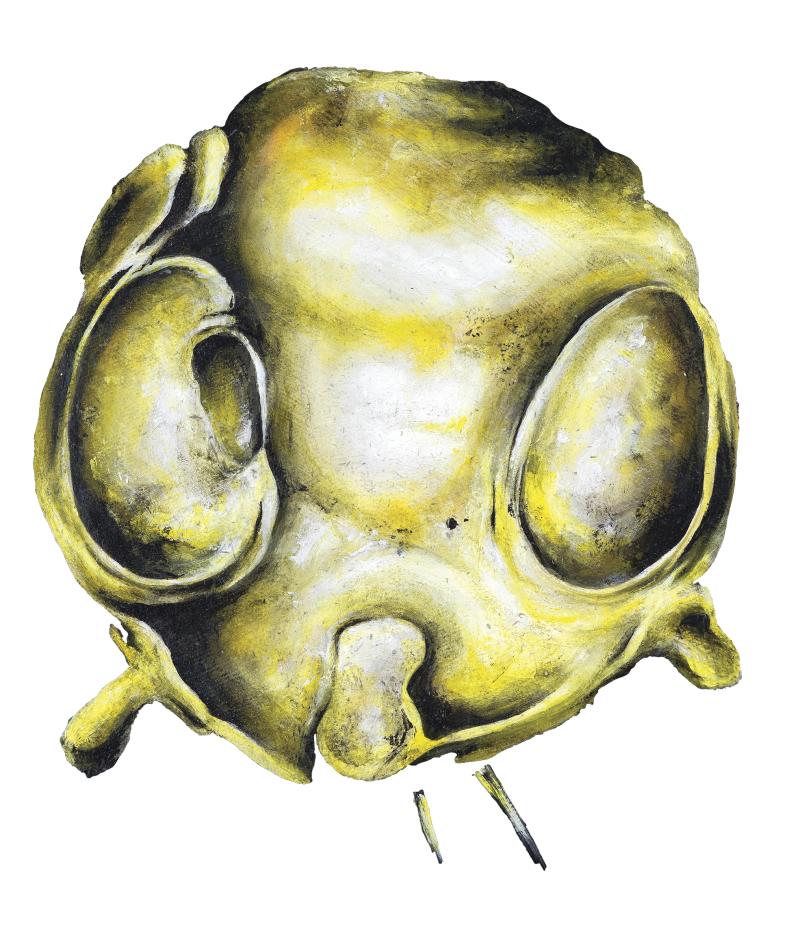Rapatronic images, a term derived from the combination of the words “rapid” and “electronic,” are high-speed photographs that capture the fleeting moments of nuclear explosions. These images have played an essential role in the study and analysis of nuclear detonations since their development in the mid-20th century. Pioneered by Dr. Harold Edgerton in the 1940s, rapatronic cameras were used to document and dissect the physics of nuclear explosions, providing valuable data for scientists and engineers.

Rapatronic cameras are unique in their capacity to capture images within a few nanoseconds (billionths of a second) of exposure. To achieve this feat, they employ an array of specially designed Kerr cells, which are electro-optical shutters that can be opened and closed almost instantaneously. The Kerr cell operates using a phenomenon known as the Kerr effect, where the refractive index of certain materials changes when subjected to an electric field.
The use of rapatronic cameras peaked during the era of nuclear testing, predominantly in the 1950s and 1960s.
These cameras were placed at various distances from the test sites to capture a series of images that would reveal the evolution of the explosion. The resulting photographs provided unprecedented insight into the behavior of nuclear fireballs, shockwaves, and other phenomena associated with nuclear detonations.
One of the most iconic rapatronic images is that of the “rope trick” effect, which shows bright, streak-like protrusions emanating from the base of the fireball. This phenomenon occurs when the intense radiation emitted by the explosion vaporizes the support cables holding the bomb in place, resulting in the creation of plasma that emits light.
Rapatronic images have not only contributed to the scientific understanding of nuclear explosions but also to public awareness of their destructive potential. The stark, almost surreal beauty of these images belies the terrifying power they represent, serving as a vivid reminder of the consequences of nuclear warfare.

In recent years, the technology behind rapatronic cameras has evolved, and their applications have expanded beyond nuclear testing. High-speed photography, including the principles behind rapatronic imaging, is now used in various fields such as ballistics, aerospace engineering, and material science. By capturing moments that are otherwise invisible to the human eye, these cameras continue to offer a unique window into the dynamic and fascinating world of high-speed phenomena.
